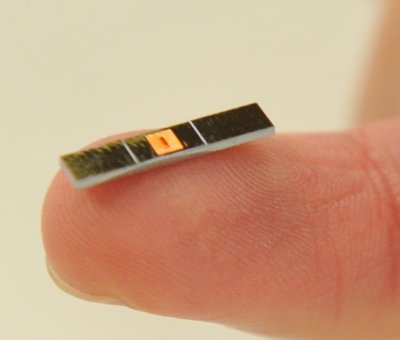IME develops silicon-based integrative antenna technology
A compact, silicon-based, cavity-backed slot (CBS) antenna that operates at 135 GHz has been developed by researchers from Agency for Science, Technology and Research’s (A*STAR) Institute of Microelectronics (IME).
The antenna has demonstrated 30 times stronger signal transmission over on-chip antennas at 135 GHz. At 1.6 x 1.2 mm, it is said to be the smallest silicon-based CBS antenna reported for ready integration with active circuits.
The antenna, in combination with other millimetre-wave building blocks, can support wireless speed of 20 Gbps - more than 200 times faster than present-day Wi-Fi - to allow ultrafast point-to-point access to rich media content, relevant to online learning and entertainment.

On the research breakthrough, Dr Hu Sanming, a key researcher from IME leading the antenna project, said, “The novel use of polymer filling enables >70% antenna size shrinkage and a record high gain of 5.68 dBi at 135 GHz. By filling the antenna cavity with polymer instead of air, we can achieve a flat surface for subsequent processing by standard technology that is amenable to mass production.”
“The team has also designed a 3D architecture to integrate the antenna with active circuits to form a fully integrated wireless millimetre-wave system-in-package solution with high performance, reduced footprint and low electromagnetic interference,” commented Dr Je Minkyu, principal investigator of the Integrated Circuits and Systems Laboratory at IME.
Prof Dim-Lee Kwong, executive director of IME, said, “IME’s silicon-based 135 GHz integrative antenna technology and the proposed 3D architecture have immense commercial potential as it combines form with function that can be realised with standard mass production infrastructure. These salient features make our technology extremely attractive to product developers who are looking to capture emerging markets in millimetre-wave applications.”
UGL completes radio comms package for Sydney Metro
UGL's radio team completed the essential radio system works throughout the city section of...
Lens antennas enhance connectivity at Sydney stadium
To meet the communication needs of the stadium, which has a capacity of 83,500 people, a...
Ericsson and Telstra achieve 5G uplink speed of 447 Mbps
Telstra and Ericsson claim to have achieved a 5G uplink speed of 447 Mbps in a sub-6 GHz 5G...



